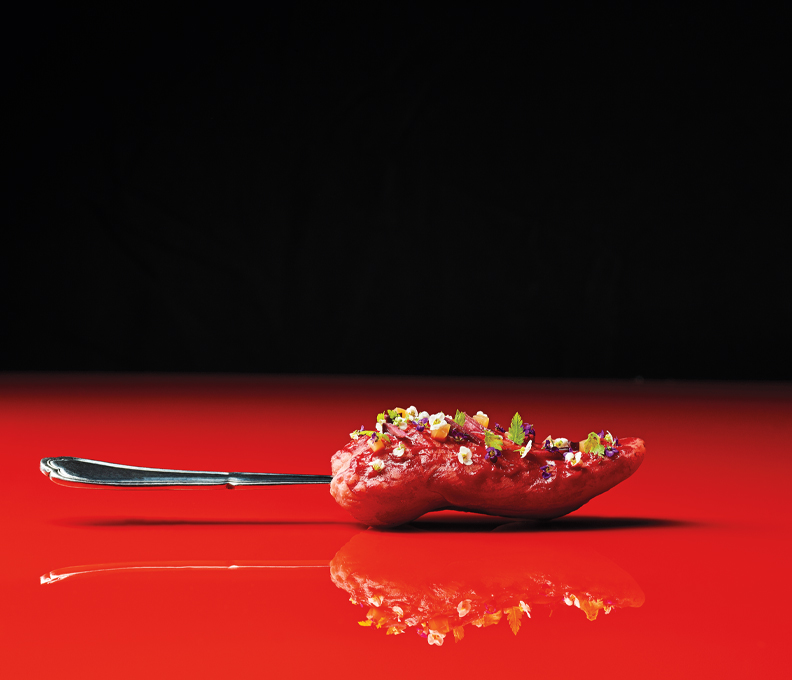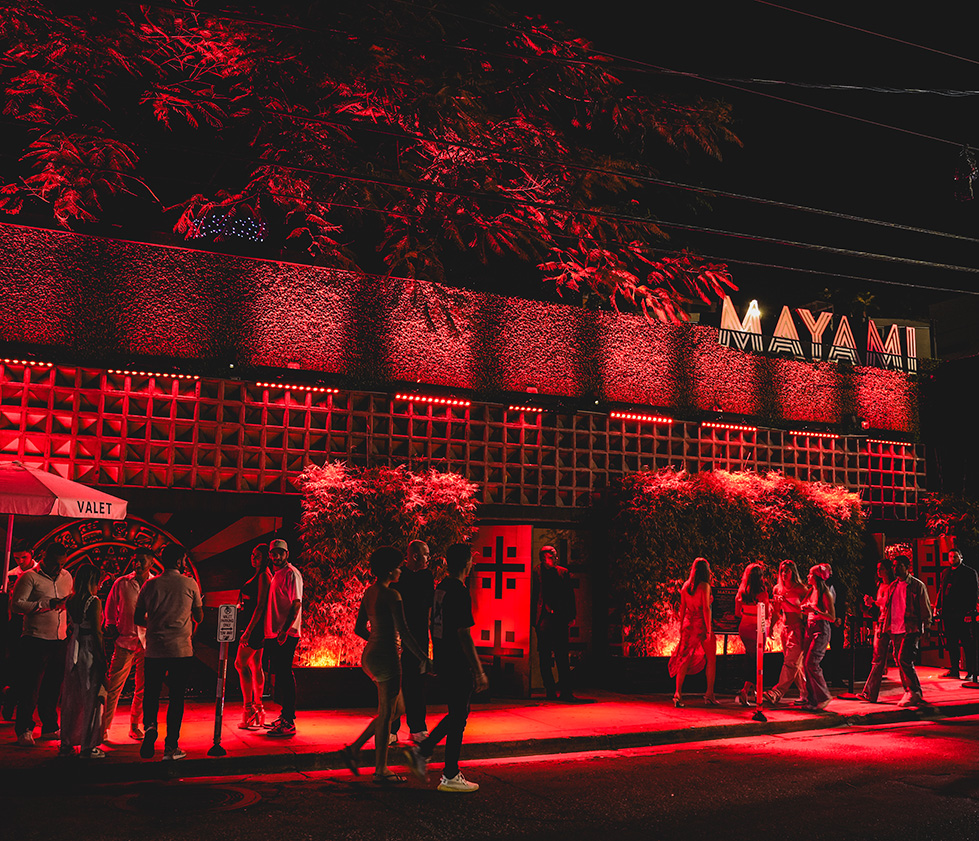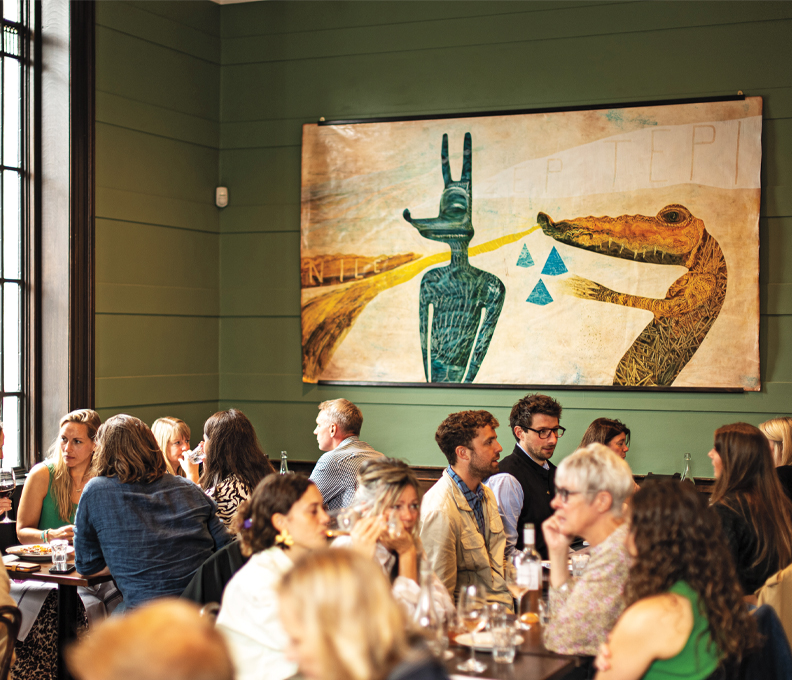Spanish Restaurant El Bulli Transforms into Museum and Culinary Laboratory
Guests are invited to reflect on the themes of gastronomy and innovation and pay tribute to all the people who worked at and influenced El Bulli
September 25, 2023
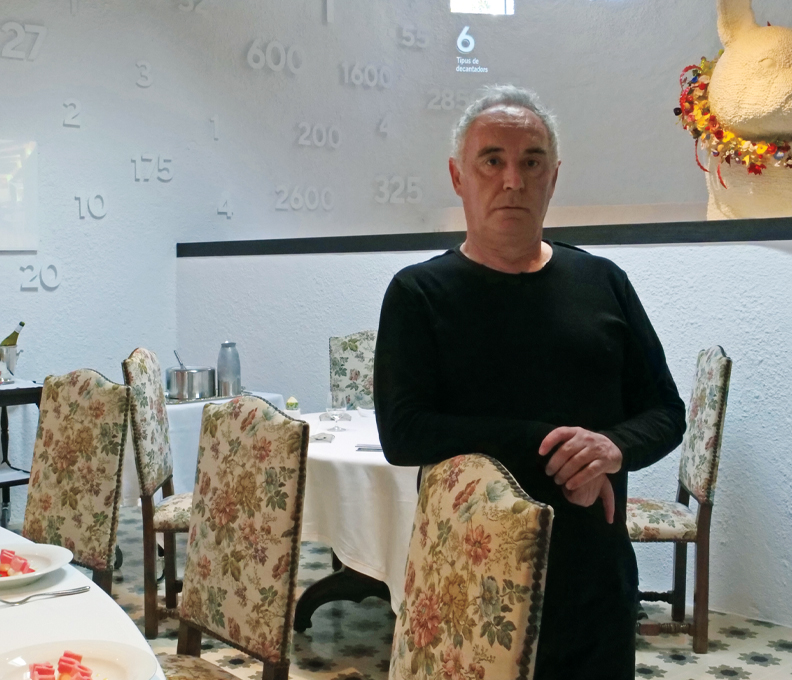
Chef Ferran Adrià at El Bulli 1846 / Photo: Courtesy of El Bulli
The story of El Bulli is one of the most inspiring in the culinary world. Overlooking Cala Montjoi, a bay on the Costa Brava of Catalonia, El Bulli was born in 1964, when Hans and Marketta Schilling began casually entertaining vacationers with open-air BBQs at their Bulli-Bar, named in honor of the couple’s French bulldogs. This authentic chiringuito—Spanish slang for a small outdoor bar near the water—was the genesis of El Bulli restaurant.
As it developed, the restaurant expanded its culinary offerings, becoming known via positive word of mouth. Then, in 1976, under the leadership of French chef Jean-Louis Neichel, El Bulli received its first Michelin star. But by the early ’80s, Neichel wanted to relocate to Barcelona to open a restaurant. He was replaced by Jean-Paul Vinay, a disciple of nouvelle cuisine pioneer Michel Guérard, who gradually introduced more sophisticated dishes such as escalope of turbot with spinach soufflé, earning the restaurant its second Michelin star.
Enter the Adrià Brothers
In 1984, Ferran Adrià joined El Bulli as chef de partie, mastering the precision, stringency and concentration required when working in a restaurant of that level. That summer, Vinay announced he was leaving El Bulli, and Adrià and Christian Lutaud became chefs de cuisine. (A year later, Ferran brought in his brother, Albert, whose allergy to shellfish compelled him to devote his time to the creation of exquisite desserts.) Between 1984 and 1986, Lutaud and Adrià revamped all the classics, unveiling dishes such as lamb navarin. When Lutaud left to open his own restaurant in Alicante, Adrià began to map out a route to complete creative freedom.
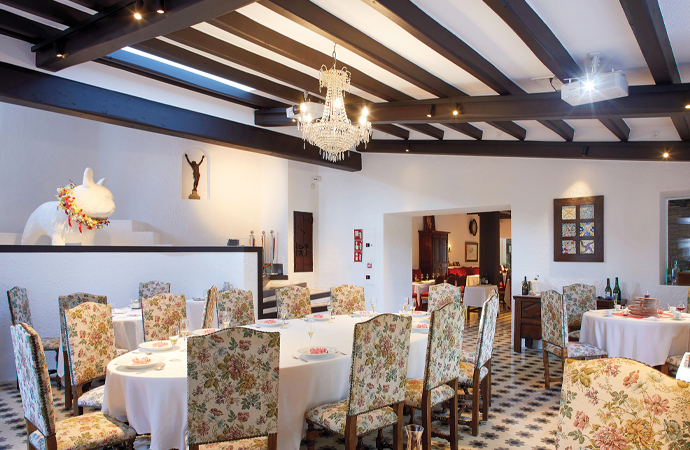
Recreation of the original restaurant / Photo: Courtesy of El Bulli
In 1997 El Bulli received its third Michelin star, ranking it with only two other restaurants in Spain, Arzak in San Sebastián and El Racó de Can Fabes in Barcelona. The international furor began, and to set itself apart from other establishments, El Bulli contracted young Barcelona tableware designers to fashion unique vessels matching the ethos of the food. Adrià revolutionized cooking by playing with textures and temperatures with a soda siphon, creating clouds and foams. He also popularized spherification, forming caviar-sized pearls from any natural ingredient that could be juiced. In 1993, the only book El Bulli had published, El Sabor del Mediterráneo, documented such creations as cauliflower couscous and rabbit in civet with hot apple jelly, but beginning in 1998, a new series of publications would expand on the cuisine being created at El Bulli.
Four years later, the entity that became The World’s 50 Best Restaurants honored El Bulli with its top spot, a tribute that was repeated in 2006, 2007, 2008 and 2009. But in a shock to the culinary world, Adrià announced the next year that El Bulli would close as a restaurant and transform into a museum, with the goals of celebrating its legacy and fostering education in the fine-dining sector.

Rooms displaying restaurant memorabilia / Photo: Courtesy of El Bulli
That dream came to life this year with the opening of El Bulli 1846, the year referencing not only the birth of Auguste Escoffier, the father of modern cuisine, but also the number of dishes created at El Bulli before it closed its doors. In the stunning natural setting of Cala Montjoi, El Bulli 1846 occupies a floor space of almost 43,000 square feet, where, on a visit lasting more than two hours, guests are invited to reflect on the themes of gastronomy and innovation and pay tribute to all the people who worked at and influenced El Bulli. (Open to the public from June to September, the space during the remainder of the year is transformed into El Bulli DNA, a culinary laboratory devoted to experimentation and research incorporating multidisciplinary teams.)
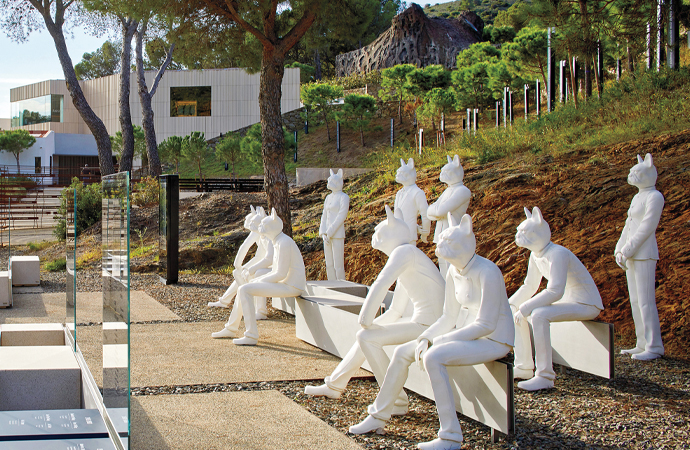
Outdoor installation / Photo: Courtesy of El Bulli
Through 69 installations, the museum not only allows visitors to understand the evolution of El Bulli, but also explains how it is continuing to make history. As one enters an interior space where the restaurant was, it is easy to imagine the sensation of being in the world’s most famous dining establishment, where everything—furniture, table settings, decor, art—is frozen in time. The visit concludes with El Bulli DNA, where guests can learn about the wide array of projects and experimental work that have been carried out since 2011. Inspired by questions such as, “How did cooking begin?” visitors to El Bulli 1846 embark upon a journey through the ages, from the Paleolithic period to the future, to find out how cuisine started and where it is headed.
